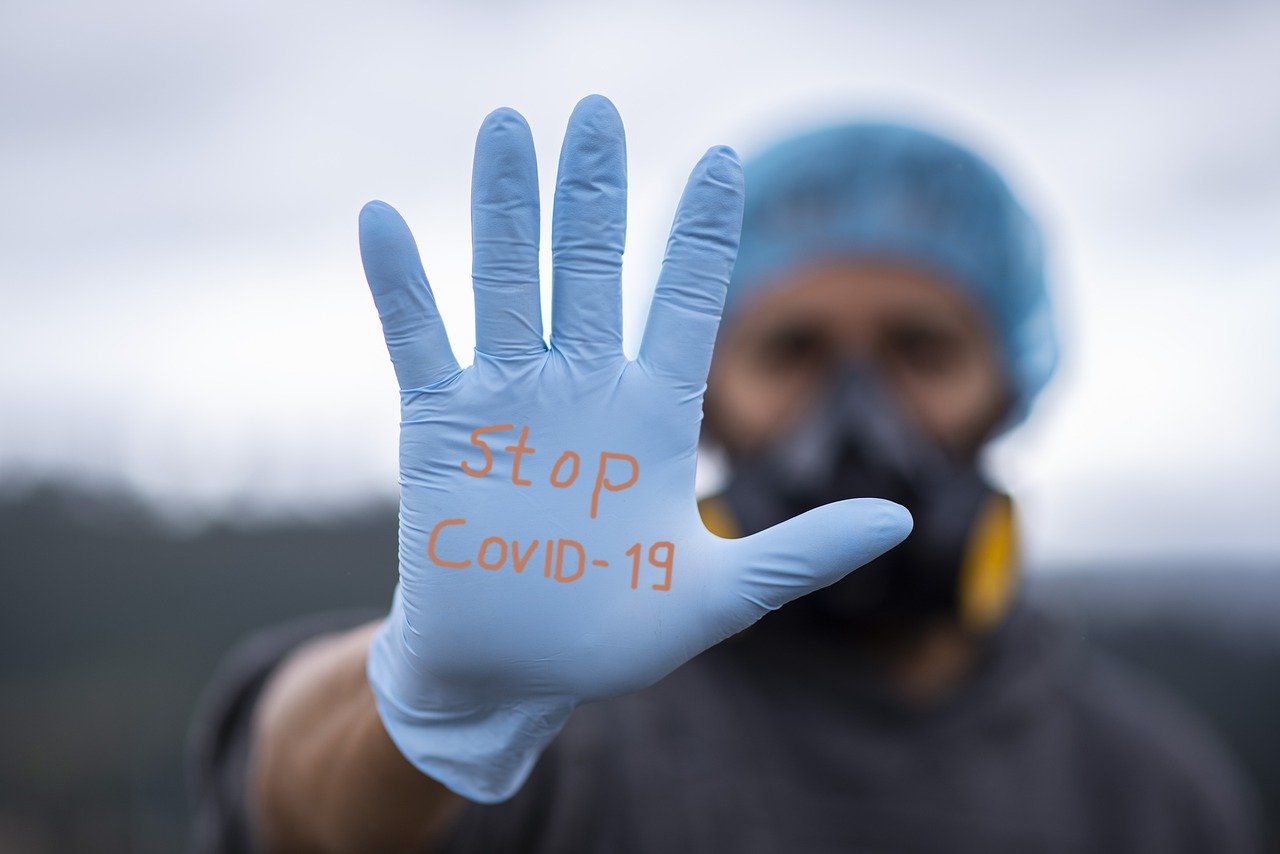Coronavirus is now spreading less in London than any other region of England, new modelling suggests.
The rate of reproduction – known as the R – shows how quickly people are being infected by Covid-19.
An R of one means anyone with the disease will on average infect one other person.
If the R is higher than one, infections will increase and the virus will spike – but a reproduction rate below one means infections will gradually fall.
It’s a key number in the fight against the pandemic – keeping the R less than one is among the five criteria for easing lockdown set out by the Government.
And it’s now just 0.4 in the capital, according to research by Public Health England and Cambridge University.
Overall, England has a reproduction rate of 0.75, researchers believe.
The North East and Yorkshire is worst impacted, with an R of 0.8 – double the infection rate in London.
The new data is being fed to top Government scientific advisory group SAGE, as it considers the nation’s response to the pandemic.
London was initially hit hardest and fastest by coronavirus – almost 6,000 people have died in hospitals in the city so far.
But deaths have now fallen sharply – just half as many people died in the week to 1 May as in the previous week, according to latest data from the Office of National Statistics.
On Sunday, Prime Minister Boris Johnson began to ease lockdown in England – though politicians in Scotland, Wales and Northern Ireland have stuck with stay home advice.
NOW READ: TfL agrees terms of $1.6bn bailout from Government
Londoners, along with those in other English regions, have been told to go back to work if they can’t work from home.
People can also spend more time outside, including meeting friends and family from other households one-on-one at a two metre distance.
But Mayor of London Sadiq Khan warned that the UK must be ready to trace and test new infections before restrictions are eased further.
Mr Khan said anyone at risk should be tested and get results within 24 to 48 hours – and the most at risk should have their tests fast-tracked.
Britain has struggled to roll out large scale testing for the virus, with Health Secretary Matt Hancock setting a target of 100,000 tests a day by the end of April.
The Government met that target, but testing has since fallen – with less than 90,000 tests carried out or sent yesterday.
But Mr Khan says rapid testing is “proven as an effective strategy”, used in South Korea, Germany, and Singapore to control the virus.
Ministers’failure to ramp up testing sooner was a “mistake” and they must now “make up lost ground”, he said.
“Thanks to the monumental efforts of Londoners who have followed the Government’s instructions, we have reduced the virus in the capital,” the Mayor added.
“We have a small window of opportunity to stop the virus spreading further, so it’s vital the Government acts now.”
Mr Khan said London must have a testing system suited to the city’s “unique needs”.
“It’s vital that this is in place before there is any further lifting of the lockdown so we can avoid a disastrous second wave of the virus that could overwhelm our NHS and result in more tragic deaths,” he said.
For the latest headlines from the City of London and beyond, follow City Matters on Twitter, Instagram and LinkedIn.








